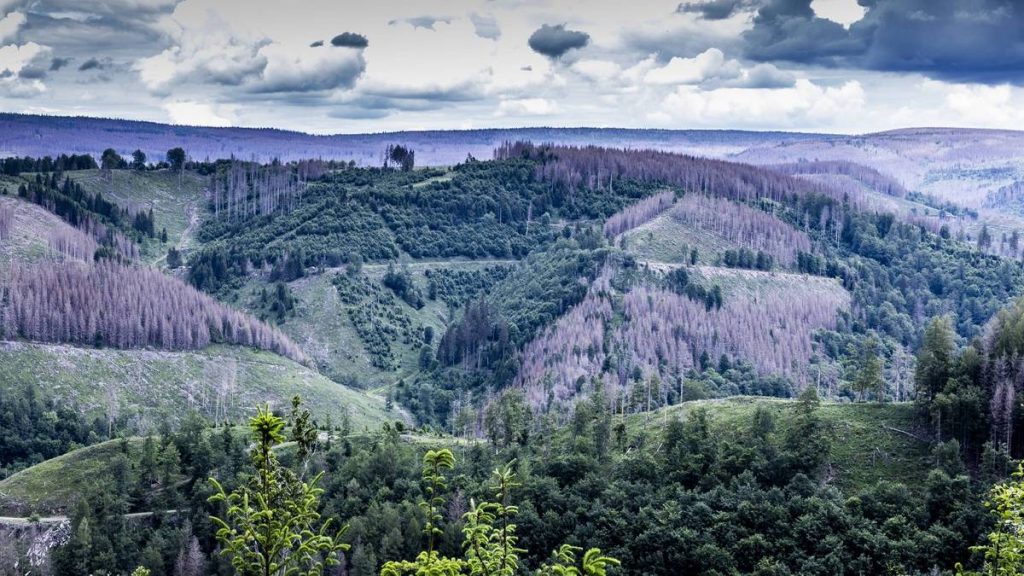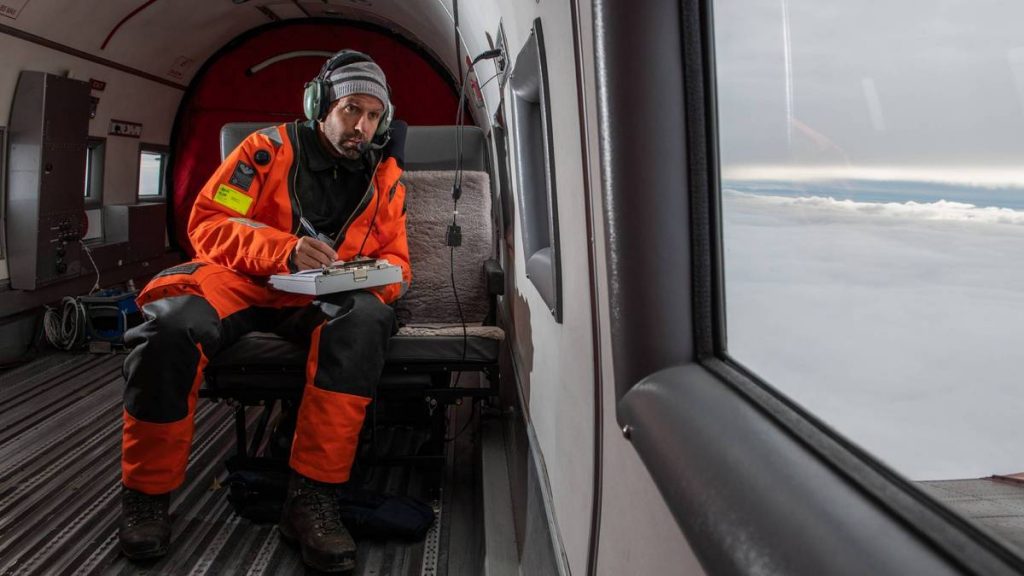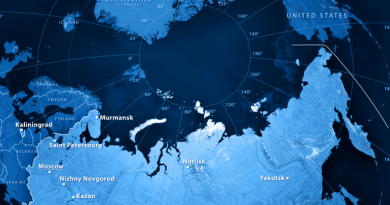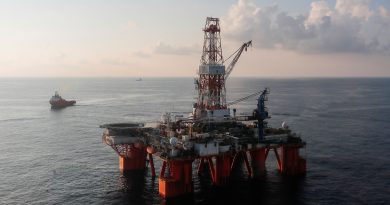Equipment for Arctic ice survey tested this summer in German highlands

New equipment for a current Arctic ice survey underway in Canada and in Greenland was tested this summer in the German highlands, and got the OK.
The Alfred Wegener Institute’s two polar research planes, the Polar 5 and the Polar six, fly annually to the Far North of Canada and Greenland to survey the ice conditions.
This year, they’ve been fitted with new high-resolution camera systems.
To do the survey, electromagnetic sensors are towed by the research planes 15 metres above the ice surface to take the measurements.
The researchers behind the project say the test runs in Germany’s Harz region let them iron out any problems with the new sensors before the teams are too far away to easily assist.

“Technical problems are often extremely difficult to solve in the remote reaches of the Arctic and can jeopardize the success of an entire campaign,” Thomas Krumpen, a sea-ice researcher at the AWI and coordinator of the aerial campaigns, said in a news release.
“In addition to the tests, those using the new equipment need to be trained. Using the constantly changing sensors installed in the aircraft can be a complex task, and in the Arctic there’s no room for mistakes. We run separate training flights to familiarize the operators.”
The Arctic survey is part of the institute’s IceBird program. The program measures sea ice thickness in order to better understand the changes of the ice’s properties and composition over time.
Researchers head out twice a year to do the measurements — July/August when the ice is at its thinnest, and in March/April when ice is at its thickest.
Polar researchers collaborate with forestry experts

Flying over a heavily forested region like the Harz, may seem like a strange place to test equipment that will be used in the Arctic, but for those involved, including the Lower Saxony State Forest, the Institute of Optical Sensor Systems at the German Aerospace Center (DLR) in Berlin and the Northwest German Forest Research Institute in Göttingen, it made sense to test the equipment in another area of the world experiencing the effects of climate change.
“The Harz is a region particularly hard hit by climate change: storms, arid conditions and subsequent bark beetle infestations are causing unprecedented damage to the forest,” the statement said.
“The AWI’s laser-based systems on board the polar aircraft made it possible to survey the forest three-dimensionally.”
The training flights have since wrapped up.
The new equipment for the ice survey got the official OK, and the forest data gathered on the test flights is currently being assessed. All groups involved say they intend to use the test flights to continue evaluating the Harz in the future.

“The data collected will allow us to identify the tree species and their level of damage, and to verify how reliable the automated analysis of satellite imagery actually is,” Wolf Kleinschmit, head of the Lower Saxony Forestry planning office, said.
“Together with insights into local soil conditions, the data will show us how successful recent reforestation measures have been, which will help us to establish climate-stable, resilient mixed forests.”
This summer’s ice survey will last five weeks.
The team left on July 20.
Write to Eilís Quinn at eilis.quinn(at)cbc.ca
Related stories from around the North:
Canada: Continued sea ice loss could alter food web for some Arctic marine predators, says Canadian study, Eye on the Arctic
Greenland: Sea ice changes, rain on Greenland ice sheet among dramatic changes in North, Eye on the Arctic
Norway: 2020 shaping up to have second lowest Arctic sea ice extent on record, The Independent Barents Observer
Russia: After a month stuck in Arctic sea ice, nine vessels make it to Kara Sea, The Independent Barents Observer



